In recent years, motorcycle dash cams have gained popularity among riders. These devices offer unique benefits, including capturing scenic rides, providing evidence in case of accidents, and enhancing rider safety. A well-installed and properly utilized dash cam can serve as your dependable witness on the road. However, to maximize its effectiveness, understanding installation tips and best practices is essential. This article will guide you through the process of installing a motorcycle dash cam and how to use it effectively.
Understanding Motorcycle Dash Cams
What is a Motorcycle Dash Cam?
A motorcycle dash cam is a compact video recording device attached to a motorcycle. It records footage of the road ahead as you ride, capturing events in real-time. While some may think of dash cams as primarily for cars, their usefulness extends to motorcycles as well.
Dash cams can vary in features, including video quality, field of view, and the ability to record audio. Many modern models offer high-definition video, enabling clear recordings of incidents or beautiful landscapes. They can also include features such as GPS tracking and Wi-Fi connectivity for easy file sharing.
Importance of Having a Dash Cam
Having a dash cam while riding a motorcycle provides numerous benefits. The primary advantage is the ability to document your rides accurately. If an accident occurs, the footage can serve as crucial evidence, helping establish fault and protect you from fraudulent claims.
Furthermore, dash cams can capture memorable moments on your rides. Whether you’re traversing scenic roads or exploring new places, the ability to review these experiences adds an extra layer of enjoyment. In addition to safety and memory, dash cams can even help improve your riding skills by allowing you to analyze your performance.
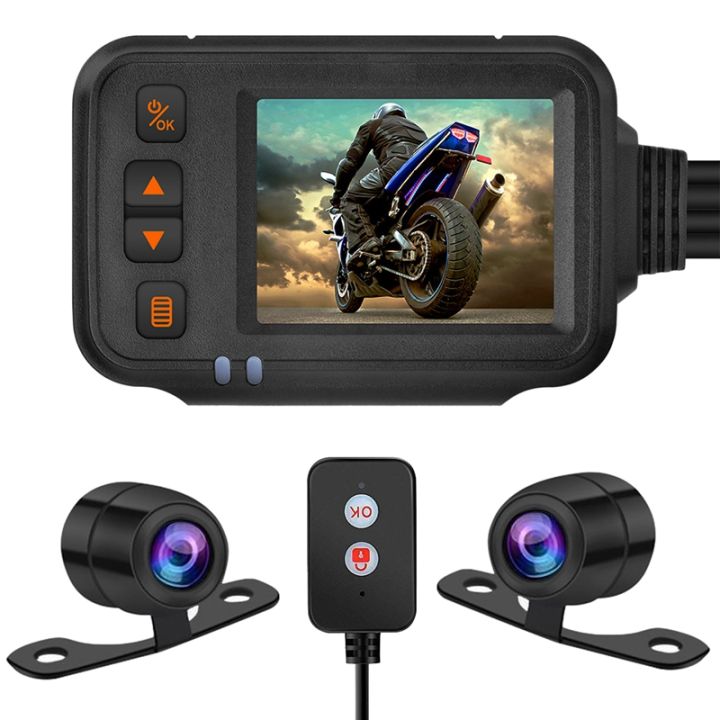
Choosing the Right Dash Cam for Your Motorcycle
Key Features to Consider
When selecting a motorcycle dash cam, it’s essential to consider several key features. One important aspect is video resolution. Opt for models that support at least 1080p full HD resolution for clear recordings. Higher resolution options can provide even more detail, but they may also require more storage space.
Another crucial feature is the field of view. A wider view allows the camera to capture more of the road and surroundings, providing valuable context during recordings. Look for dash cams with at least a 120-degree viewing angle or more.
Night Vision and Weather Resistance
Additionally, consider the dash cam’s capabilities in low-light conditions. Many riders find themselves riding at dusk or in poorly lit areas. A camera with night vision capabilities ensures that your recordings remain clear even in challenging lighting conditions.
Weather resistance is also vital for motorcycle dash cams. Rain or snow can be common while riding, so selecting a device rated for water and dust resistance is necessary. This rating will help protect your dash cam from the elements, prolonging its life and reliability.
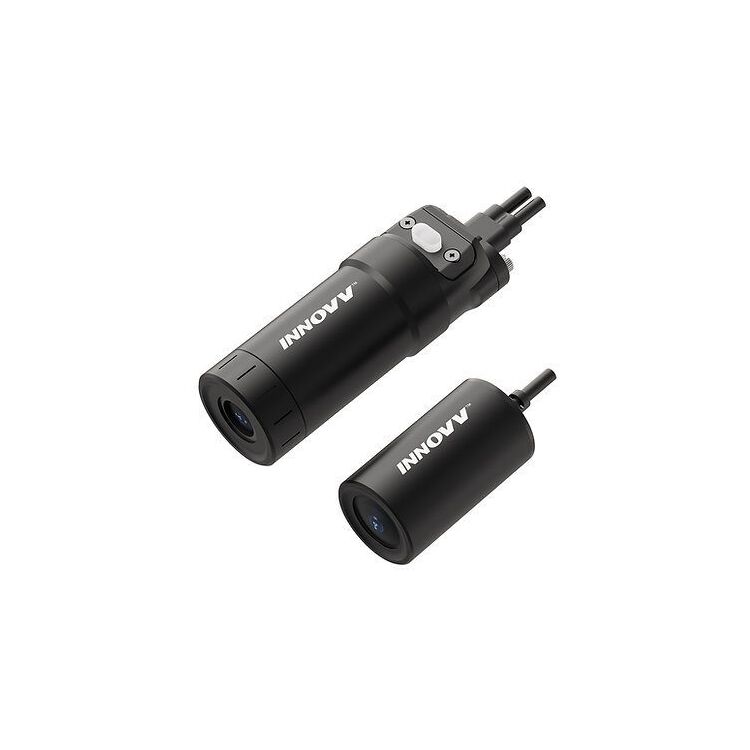
Installation Process for Your Dash Cam
Gathering Necessary Tools
Before installing your motorcycle dash cam, gather all necessary tools and equipment. Most manufacturers provide a basic installation kit, which may include adhesive mounts, cables, and a user manual. Additionally, having a screwdriver, zip ties, and electrical tape on hand can facilitate the installation process.
Familiarize yourself with the components of your dash cam. Understanding the camera’s parts and functions will make the installation smoother. By ensuring you have everything ready, you can save time and reduce frustration during the installation process.
Positioning the Dash Cam
Choosing the right position for your dash cam is vital to ensure optimal performance. Typically, the camera should be mounted on the front of the motorcycle, with a clear view of the road ahead. Common placements include above the headlight or on the motorcycle’s handlebars.
When positioning the camera, consider the angle and field of view. Make sure the camera captures as much of the road as possible while avoiding obstructions from the motorcycle’s components. A well-positioned dash cam captures clear and useful footage, thus enhancing its value for documentation.
Securing the Dash Cam Installation
Once you have selected the ideal position for your dash cam, it’s time to secure the installation. Clean the mounting surface thoroughly to remove any dirt or debris. This will help ensure that the adhesive sticks properly. Follow the manufacturer’s instructions for applying the adhesive mount and hold it firmly for the recommended time.
Ensure that all cables are neatly secured, avoiding loose wires that could pose a distraction or get caught in moving parts. Zip ties can be useful for securing cables along the frame of the motorcycle. A tidy installation not only enhances aesthetic appeal but also ensures long-lasting performance.
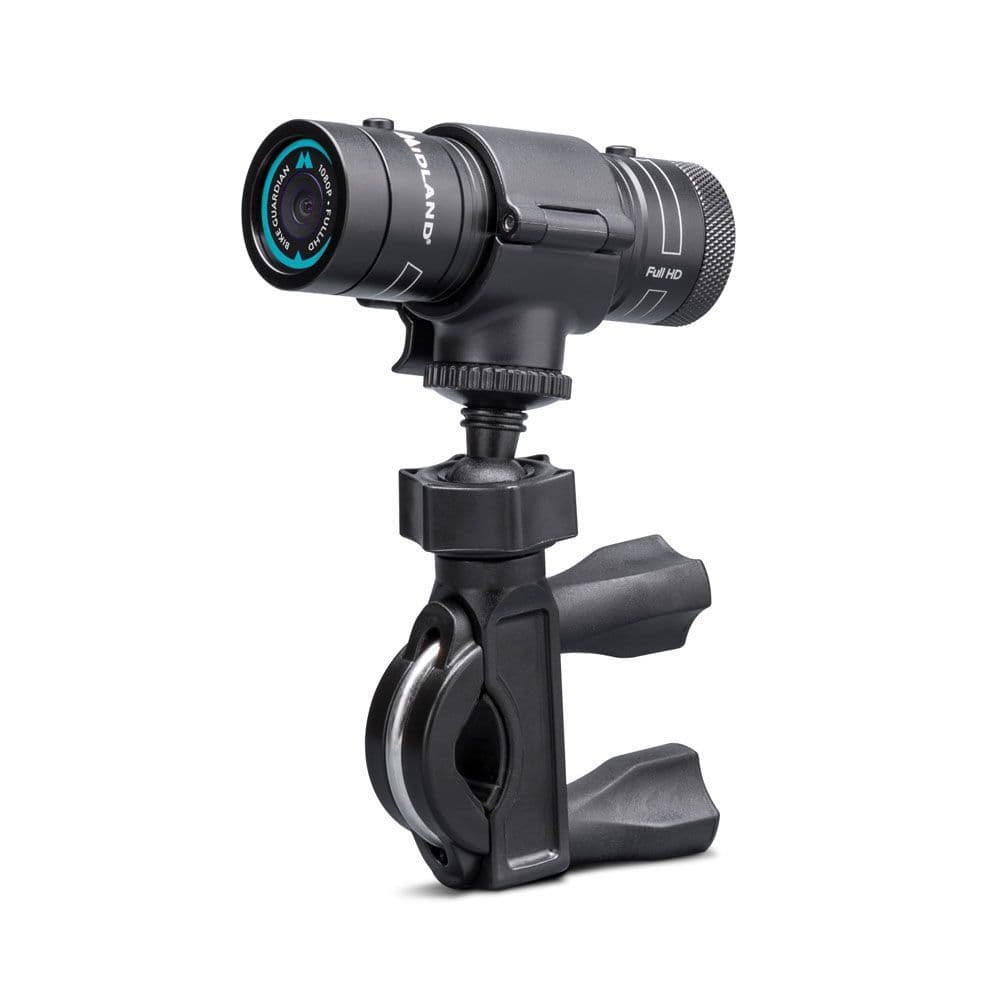
Best Practices for Using Your Dash Cam
Regularly Check Camera Functionality
After you have installed your motorcycle dash cam, it’s essential to check its functionality regularly. Take time to review video recordings periodically to ensure the camera is operating properly. Check the settings, such as resolution and recording length, to confirm everything is set as desired.
If you notice any issues, such as poor video quality or malfunctioning controls, address them promptly. Keeping your camera in optimal working condition guarantees that you capture essential footage when it matters most. Taking a few moments during each ride to verify operation can save you from unpleasant surprises down the line.
Reviewing Your Footage
Regularly reviewing the footage recorded by your dash cam is crucial. This not only allows you to check for any issues but can also help you improve your riding skills. Analyzing your ride enables you to identify any areas for improvement, such as cornering technique or braking distance.
Many dash cams offer features for easy file transfer, allowing you to download videos to your computer or smartphone. This convenience makes it simple to save and share noteworthy moments from your rides. Sharing videos with friends or fellow motorcyclists can foster community and contribute to the enjoyment of the sport.
Using the Right Storage Solutions
Most motorcycle dash cams use microSD cards for storage. To avoid running out of space, ensure you have a high-capacity card that can handle continuous recording. Many models support cards up to 64GB or more, which provides ample storage for multiple rides.
Consider formatting your microSD card regularly, as this helps manage storage and ensures efficient data writing. Follow the manufacturer’s guidelines for formatting to avoid accidental data loss. Proper storage practices allow you to capture your adventures without interruptions.

Addressing Common Issues with Dash Cams
Dealing with Overheating
One common issue that can arise with dash cams is overheating, particularly during long rides in hot conditions. Many motorcycle dash cams are designed to withstand heat, but prolonged exposure can still affect performance.
To mitigate this, avoid direct sunlight on the camera whenever possible. If you’re parked in a hot location, remove the dash cam from its mount to cool down. Regularly check your camera’s temperature during longer rides. By being proactive about overheating, you can enhance the longevity and reliability of your device.
Maintaining Battery Life
Battery life is another critical factor for dash cam performance. Depending on the model, some dash cams may rely on an internal battery to operate during short stops or when the engine is off. Ensuring that the battery is adequately charged before each ride is essential.
Consider wiring the dash cam directly to your motorcycle’s electrical system for uninterrupted power. This hardwired option avoids concerns about battery life and ensures that your camera is always operational. By maintaining battery efficiency, you can confidently rely on your dash cam throughout your riding adventures.
Legal Considerations for Dash Cam Use
Understanding Local Laws
Before using a motorcycle dash cam, it’s important to understand the local laws regarding recording audio and video on public roads. Some jurisdictions have specific regulations concerning privacy and consent. Familiarizing yourself with these laws ensures compliance and protects you legally.
If your dash cam has audio recording capabilities, assess whether recording sound is permitted in your area. Respecting privacy rights while ensuring your own protection is important. By being informed, you can enjoy the benefits of your dash cam without legal complications.
Using Footage Responsibly
Always use the footage captured by your dash cam responsibly. While it compellingly documents your rides, be mindful of how you share this content. Avoid posting videos of accidents or sensitive situations without consent from those involved.
If the footage is ever needed for legal purposes, consult a professional legal advisor on how to present the evidence. Respecting the rights of other individuals while preserving your own interests ensures that you make responsible use of the recordings.
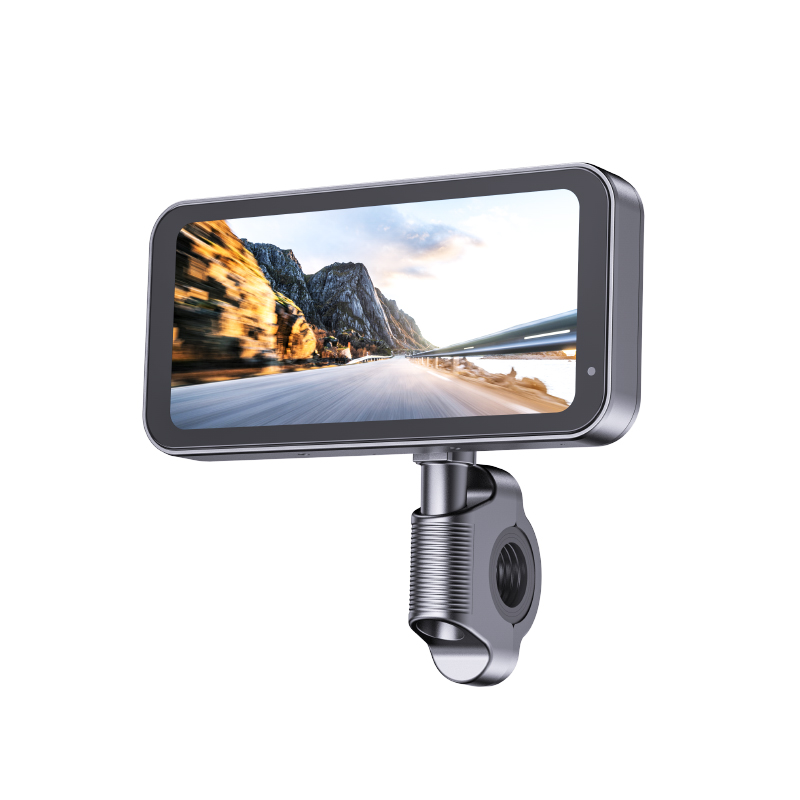
Final Thoughts on Motorcycle Dash Cams
Emphasizing the Benefits
Investing in a motorcycle dash cam is an excellent choice for any rider. These devices provide peace of mind, knowing that you have an accurate record of your journeys. The potential for capturing memorable moments, along with the ability to document incidents, makes them an essential tool for those who love the open road.
A properly installed and maintained dash cam can enhance your riding experience significantly. As technology continues to advance, dash cams are becoming more user-friendly, making them accessible to a broader audience. The latest features, such as built-in GPS and cloud storage, are transforming how riders utilize these devices.
Encouraging Safe Riding Practices
In addition to their practical benefits, motorcycle dash cam promote safe riding practices. Knowing that you are being recorded often encourages riders to be more cautious on the road. This increased awareness can lead to safer riding habits overall.
By incorporating dash cams into your riding lifestyle, you not only enhance safety but also contribute to a culture of accountability among all road users. Ultimately, the simple act of installing a dash cam can foster a greater commitment to safety while providing thorough documentation of your adventures on two wheels.
Conclusion
Motorcycle dash cams are a valuable addition to any rider’s gear, offering a myriad of benefits from safety to excitement. Understanding installation, maintenance, and proper usage can help riders maximize the advantages that these devices provide. As you embark on your motorcycle journeys, consider how a dash cam can enrich your experiences and ensure safety along the way.
By staying informed about the various features and best practices, you can ensure that your motorcycle dash cam serves you well for years to come. Whether you are recording exhilarating rides or ensuring accountability during unexpected events, a dash cam is a wise investment for any motorcycle enthusiast. As you hit the road, enjoy the peace of mind that comes from knowing you have a reliable companion capturing your adventures. Safe riding!
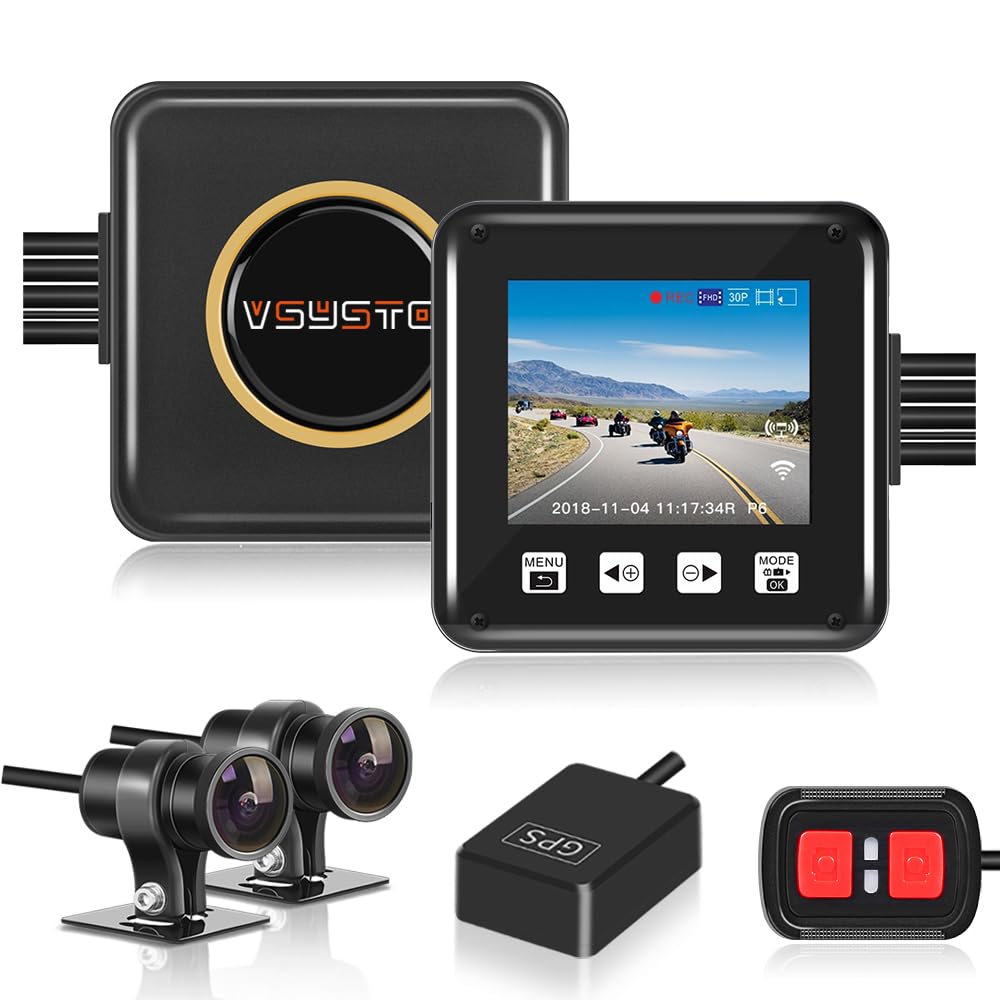
Leave a Reply